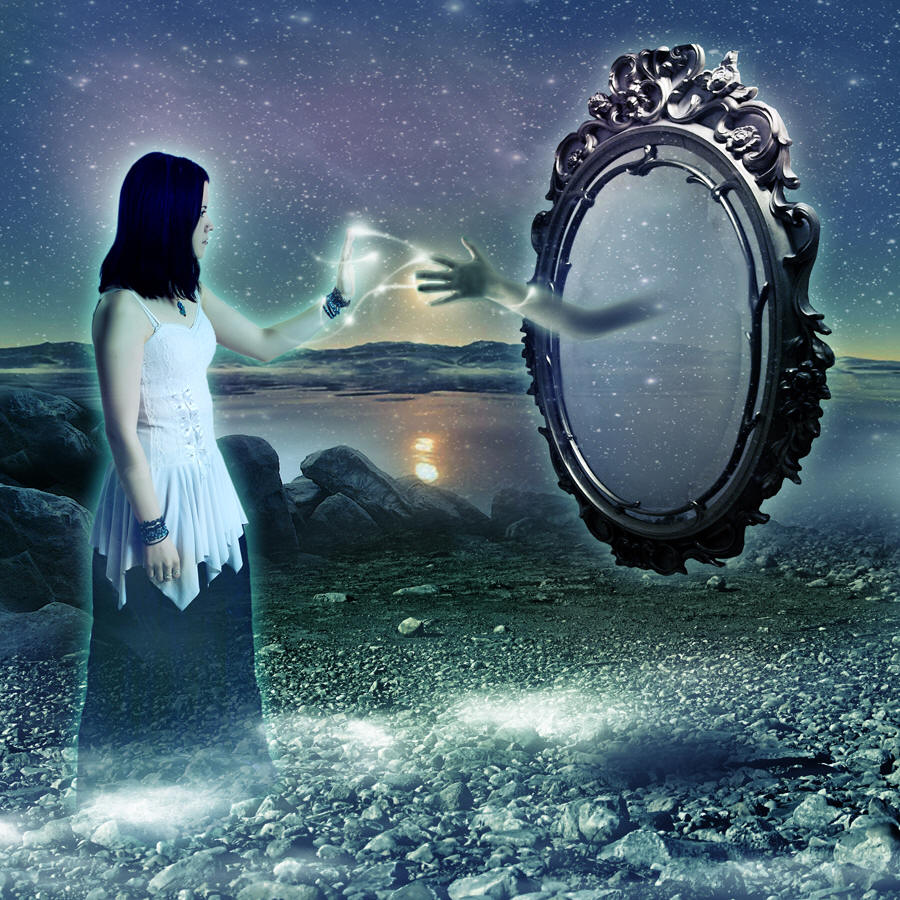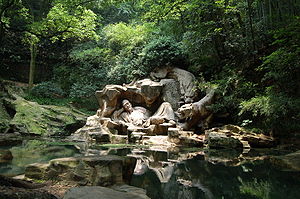Dreams are successions of iimages, ideas, emotions, and sensations that occur involuntarily in the mind during certain stages of sleep.The content and purpose of dreams are not definitively understood, though they have been a topic of scientific speculation, as well as a subject of philosophical and religious interest, throughout recorded history. The scientific study of dreams is called oneirology.Dreams mainly occur in the rapid-eye movement (REM) stage of sleep—when brain activity is high and resembles that of being awake. sleep is revealed by continuous movements of the eyes during sleep. At times, dreams may occur during other stages of sleep. However, these dreams tend to be much less vivid or memorable.
Dreams can last for a few seconds, or as long as twenty minutes. People are more likely to remember the dream if they are awakened during the REM phase. The average person has about 3 to 5 dreams per night, but some may have up to 7 dreams in one night. The dreams tend to last longer as the night progresses. During a full 8-hour night sleep, two hours of it is spent dreaming.
Dreams have been seen as a connection to the unconscious . They range from normal and ordinary to overly surreal and bizarre. Dreams can have varying natures, such as frightening, exciting, magical, melancholic, adventurous, or sexual. The events in dreams are generally outside the control of the dreamer, with the exception of lucid dreaming, where the dreamer is self aware. Dreams can at times make a creative thought occur to the person or give a sense of inspiration.
Opinions about the meaning of dreams have varied and shifted through time and culture.Dream interpretation date back to 5000-4000 BC. The earliest recorded dreams were acquired from materials dating back approximately 5,000 years, in Mesopotamia, where they were documented on clay tablets. In the Greek and Roman periods, the people believed that dreams were direct messages from the gods, or from the dead and that they predicted the future. Some cultures practiced dream incubation with the intention of cultivating dreams that are prophetic.
The Austrian neurologist sigmund fruig, who developed the discipline of psychoanalysis, wrote extensively about dream theories and interpretations. He explained dreams as manifestations of our deepest desires and anxieties, often relating to repressed childhood memories or obsessions. In The interpretion of dreams, Freud developed a psychological technique to interpret dreams and devised a series of guidelines to understand the symbols and motifs that appear in our dreams.
Antiphon wrote the first known Greek book on dreams in the 5th century BC. In that century, other cultures influenced Greeks to developed the belief that souls left the sleeping body. Hippocrates (469-399 BC) had a simple dream theory: during the day, the soul receives images; during the night, it produces images. Greek philosopher, Aristotle (384-322 BC) believed dreams caused physiological activity. He thought dreams could analyze illness and predict diseases.

Classical history
In Chinese history, people wrote of two vital aspects of the soul of which one is freed from the body during slumber to journey a dream realm, while the other remained in the body. Although, this belief and dream interpretation had been questioned since early time, such as by the philosopher Wang Chong(27-97). The Indian text Upanishads, written between 900 and 500 BC, emphasize two meanings on dreams. The first says that dreams are merely expressions of inner desires. The second is the belief of the soul leaving the body and being guided until awakened.
The Greeks shared their beliefs with the Egyptians on how to interpret good and bad dreams, and the idea of incubating dreams.Morpheus also sent warnings and prophecies to those who slept at shrines and temples. The earliest Greek beliefs of dreams was that their gods physically visited the dreamers, where they entered through a keyhole, and exiting the same way after the divine message was given.
